Extra-sweet grapes are used to make sweet wine, so it is all natural! A sweet wine is produced by stopping the fermentation process before the yeast turns all of the grape sugars into alcohol.
Fermentations can be stopped in a number of ways, including by adding brandy or extremely cooling the wine. Rich wine that has been naturally sweetened by grape sugar is the end result.
It’s time to leave these myths behind and start appreciating good wine if they are weighing down your mind and preventing you from enjoying wine. The only thing you need to know about wine is that it is a fantastic beverage with a wide range of options to satisfy anyone’s thirst. So, feel free to open any wine bottle and enjoy it with your loved ones.
The oldest sweet wine is always the best
The climatic conditions in which the grapes were grown, not their age, determine the quality of the wine. Today, wine is made ready to drink, and aging won’t make it better. This is yet another of the many wine myths that are untrue. On the front label of a wine, you can find the wine vintage. It refers to the year the grapes for that wine were harvested. Information about how grapes were harvested can also be found on the wine bottle or the neck of the bottle. Furthermore, a younger vintage is often rated higher than an older vintage. The climatic conditions in which the grapes were grown, not their age, determine the quality of the wine.
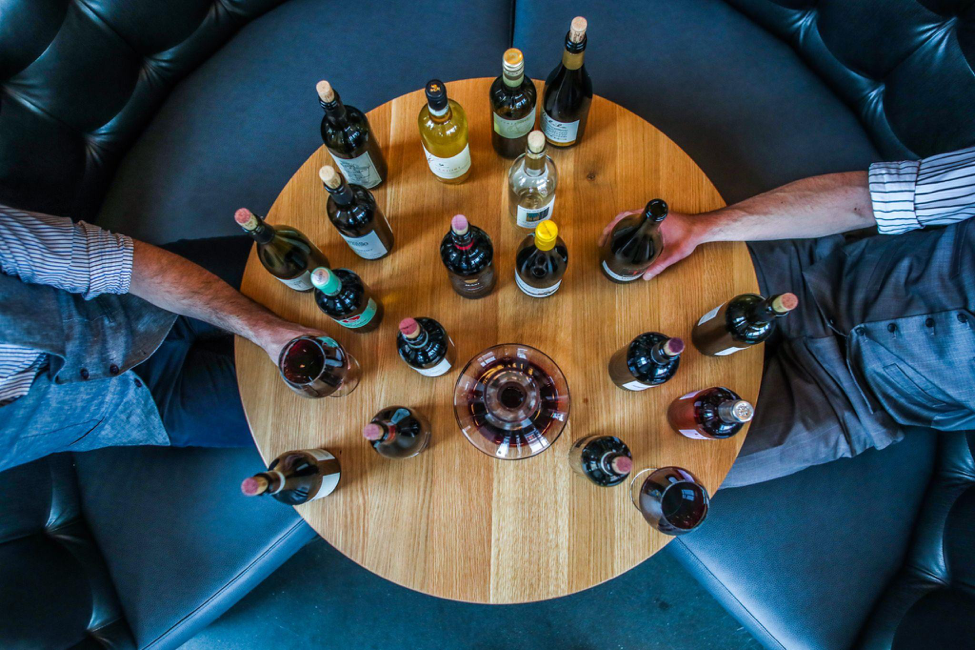
Sweet wines contain a lot of sugar
This is untrue. Not all sweet wines have to be sugary. Sweetness in sweet wines is derived from residual sugar found naturally in this fruit. The level of sweetness in wines is defined by the yeast used in fermentation. If winemakers allow yeast to transform all retained sugar into alcohol, the wine will not be sweet. You should know that only interrupted fermentation can make the wine sweet. If you add a lot of natural sugar to wine, it will not make it sweeter. It will only boost the level of alcohol.
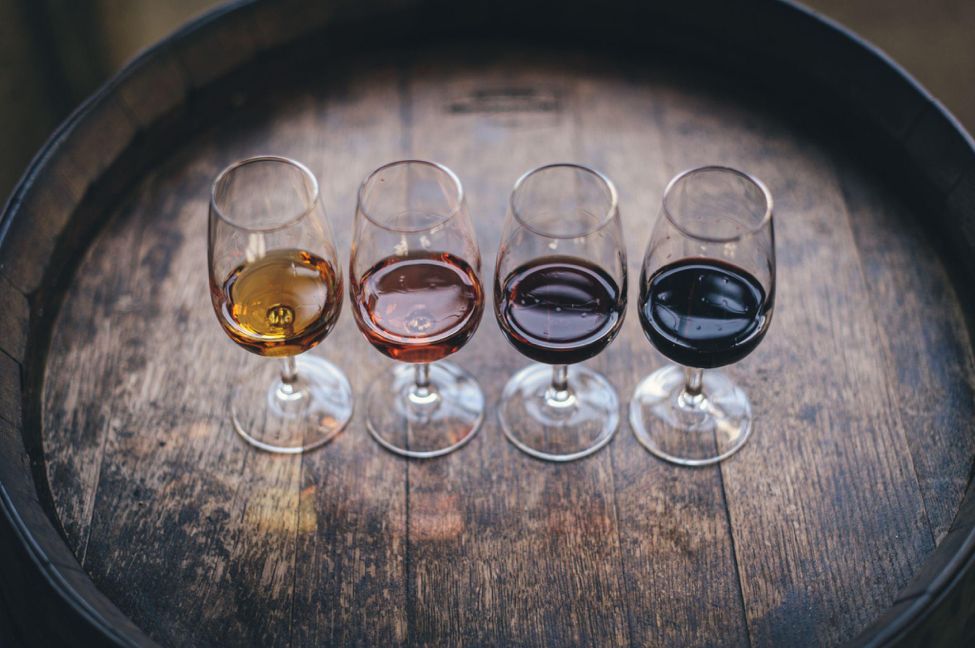
Sweet wines are considered low-cost wines
Sweet wines are regarded as unacceptable or inappropriate by the majority of wine enthusiasts. This has driven an entire generation of American wine drinkers to believe that sweet wine is not worth it. In reality, some of the best wines are made with the intention of making them sweet. Sherry and port are two examples. Even though they are intended for dessert, we should not dismiss them as cheap and worthless simply because they are sweet.
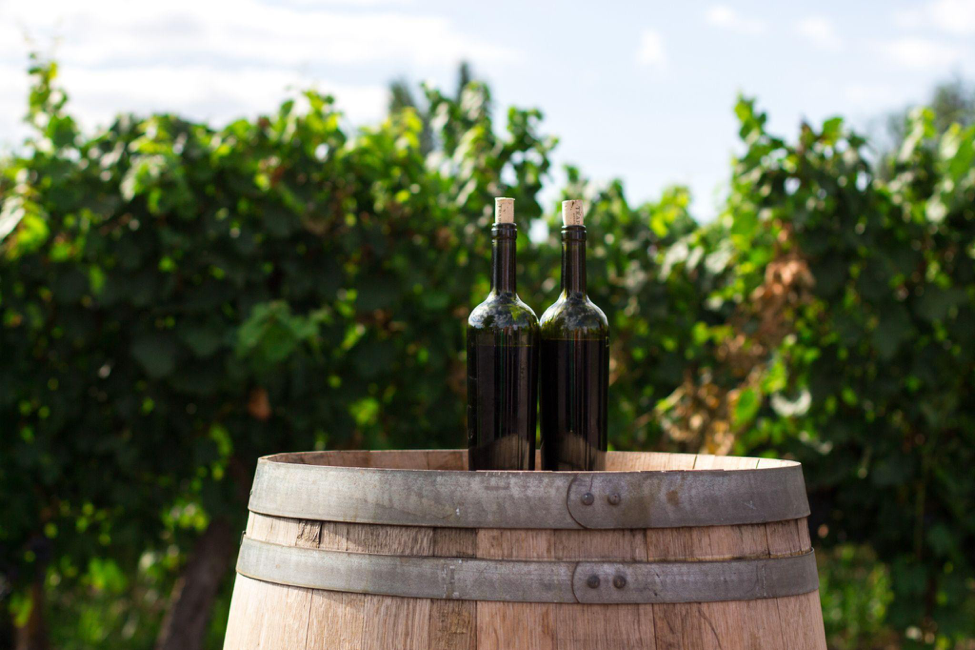
Sweet red wine should be sipped at room temperature
Many wines have an appropriate serving temperature. Sweet red wine needs to be refrigerated in addition to other types of wine since exposure to sunshine or temperatures above 70° F may cause flavor degradation. Red wine should not, however, be sipped straight from the refrigerator. Give it some time to adjust to the ambient temperature. Red wine’s flavor will change when it is chilled, becoming much more tannic and harsh. But not all red wines fall into this category. Pinot Noirs are examples of red wines that are best served slightly cold.

Dessert is the only food that goes with sweet wine
The largest misconception about sweet wines is that they are solely meant for dessert, although the semi-sweet flavors pair incredibly well with hot flavors like ginger and pepper. For spicy dishes, serve high-acid sweet whites like Rieslings as an aperitif, or to pair with a variety of cheeses or duck liver, look for high-acid sweet whites.
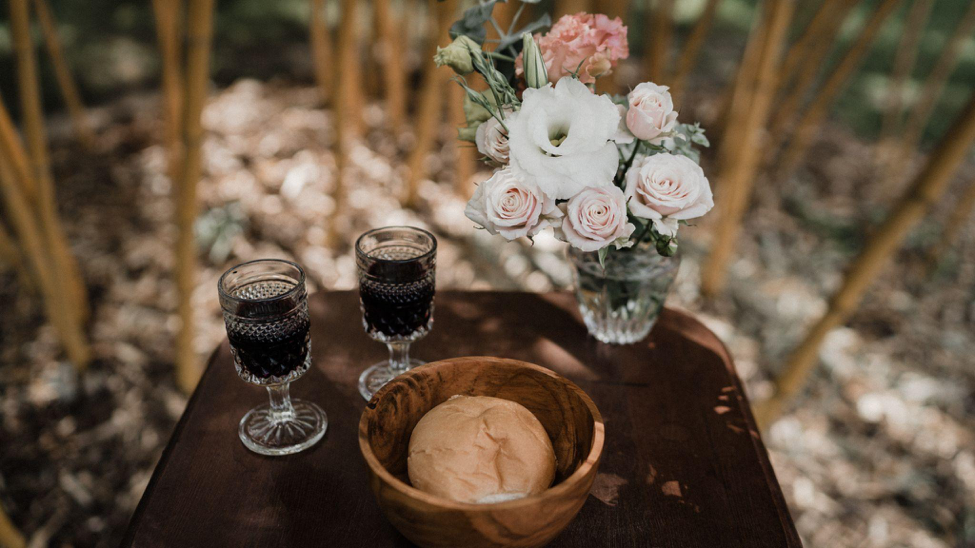
Age makes sweet wine sweeter
There is occasionally the impression that older or aged wines taste sweeter on the palate. It is merely a sensation because the wine’s sugar level is unaffected by aging. After 10 to 15 years, it remains unchanged from the time of bottling.
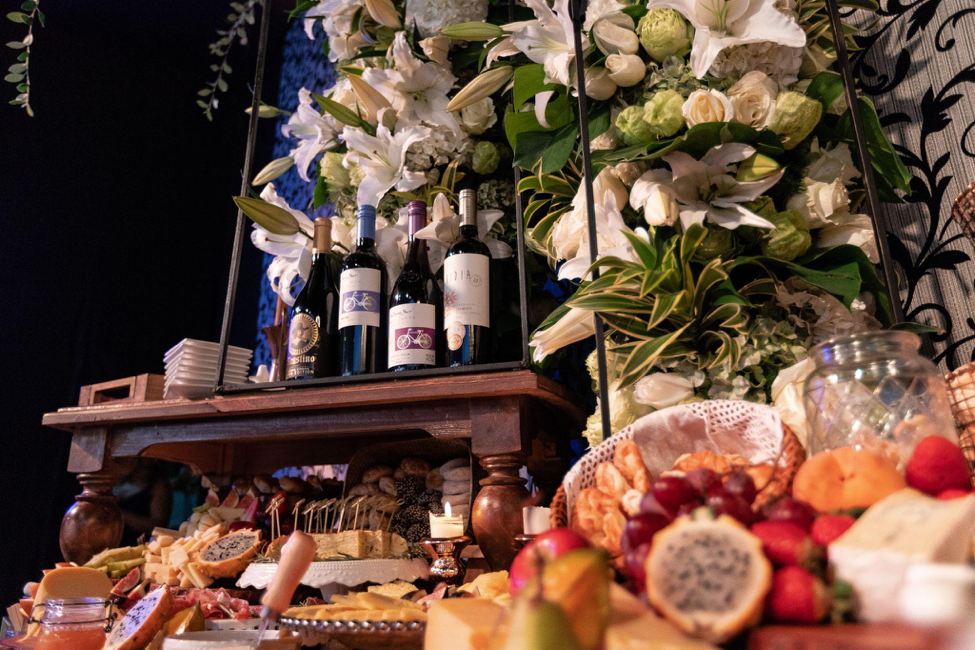
Dry wine is healthier than sweet wine
Dry wines are often healthier than sweet wines, but some types also offer more significant benefits. Red wines with higher levels of tannins as opposed to those with lower levels of tannins are a perfect illustration. The grapes with darker skin have higher concentrations of beneficial tannin chemicals.















